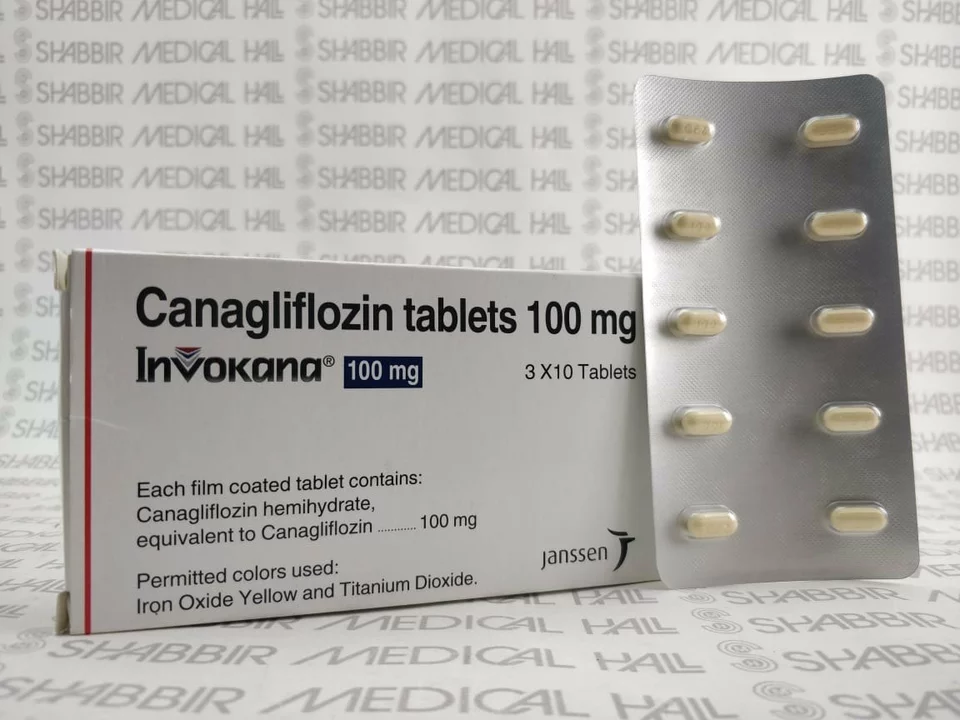Long-term diabetes management: practical steps to control blood sugar
High blood sugar doesn't hurt in a single day, but small habits kept for years decide whether you stay healthy or face complications. This guide gives clear, usable tips you can try this week—no jargon, just the stuff that helps people keep steady glucose and avoid surprises.
Daily habits that matter
Check your levels regularly. If you use a glucose meter, aim for the targets your clinic gave you—many people work toward fasting readings around 80–130 mg/dL and under 180 mg/dL two hours after meals, but your plan may differ. Continuous glucose monitors (CGMs) can spot trends and prevent nighttime lows; ask your provider if one fits you.
Take your meds exactly as prescribed and set refill reminders. Missing doses or running out of insulin or oral drugs is a common reason for emergency visits. If cost or side effects are an issue, talk to your prescriber—there are often safe alternatives or patient assistance programs.
Eat with a plan, not a list of forbidden foods. Focus on consistent carbs, fiber, and lean protein to blunt spikes. Use the plate method: half non-starchy veggies, a quarter lean protein, a quarter carbs. Limit sugary drinks and watch alcohol—both change blood sugar quickly and unpredictably.
Move daily. Walking 20–30 minutes after meals lowers post-meal spikes. Add strength training twice a week to improve insulin sensitivity. If you use insulin, learn how exercise affects your dosing to avoid hypoglycemia.
Protect your feet and eyes. Inspect your feet daily, wear supportive shoes, and report any sores right away. Schedule yearly eye exams that include dilation and ask about kidney checks (urine albumin) and blood pressure control—those tests catch problems early.
When to call your care team
Call if you have frequent lows, readings that stay very high despite following your plan, feeling sick and unable to keep food down, or new symptoms like vision changes or numbness. Also call before making big changes—starting a new workout plan, trying supplements, or changing your insulin routine.
Plan for sick days and travel. Keep a list of meds with doses, carry extra supplies, and store insulin properly. Have a written sick-day plan from your clinic that explains how to adjust meds when you’re ill or vomiting.
Mental health matters. Diabetes burnout is real. If you feel overwhelmed, anxious, or depressed, bring it up with your provider. A diabetes educator, dietitian, or counselor can help you build a plan that fits your life.
Use tech wisely. Apps, CGMs, and smart insulin pens can simplify tracking and dosing, but they don’t replace a care team. Regular checkups—A1c tests about every 3–6 months and yearly comprehensive reviews—keep your long-term plan on track.
Small, consistent steps beat big, short-lived changes. Follow your plan, talk to your team when things shift, and treat diabetes care as ongoing teamwork—not a one-time fix.




